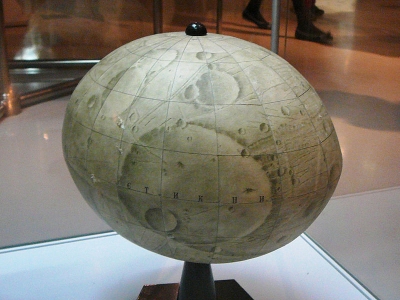
The question of the origin of the Martian moons is something that has been worrying scientists for decades. The asteroid-capture theory offers a likely explanation. But is it good enough to be true? Only under certain very unique circumstances, scientists say.
Another theory is that Deimos and Phobos formed after a large space rock – something big enough to create the major craters that we now see on Mars – crashed into Mars millions of years ago. The impact of the collision sent material flying out of the crater, and into an orbit around Mars. Over time this ejecta collected together and formed the Martian moons. The evidence for this theory is a mineral (a type of silicate) seen on Phobos’ surface; it is found on Mars too! This would also easily explain Deimos’ and Phobos’ orbits – their alignment with Mars’ equator, and their circular shape – something that asteroid-capture theory cannot fully justify. But this theory too has its drawbacks; scientists are not sure whether both Martian moons are old enough to have formed during the asteroid impact period.
This has led scientists to yet another possibility. What if Mars already had a moon long back which was broken up into Deimos and Phobos, maybe by an asteroid impact around 1- to 2.7 billion years ago? It is the latest in a long list of theories.
Picture Credit : Google




